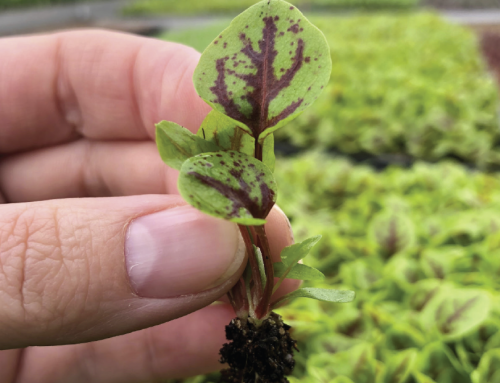 If you’re like me, your knowledge of Genetically Modified Organisms (GMOs) is a little less-than total. You know that they’re unsafe, that they’re Monsanto’s bread and butter, that they’re harmful for the environment. But you could probably use a refresher course. Well, you’re in luck. Because today’s blog is just that.
If you’re like me, your knowledge of Genetically Modified Organisms (GMOs) is a little less-than total. You know that they’re unsafe, that they’re Monsanto’s bread and butter, that they’re harmful for the environment. But you could probably use a refresher course. Well, you’re in luck. Because today’s blog is just that.
According to Wikipedia, a GMO is “an organism whose genetic material has been altered using genetic engineering techniques.” Through gene splicing, DNA from different species are merged, creating new versions of plant, animal, bacterial, and viral genes that wouldn’t otherwise occur in nature. While natural selection, domestication, and controlled breeding are also forms of genetic modification, they do not involve splicing.
Transgenic breeding—inserting or manipulating a plant’s gene structure—gives the grower the ability to improve pest or disease resistance, or tolerance to heat, cold or drought. Desirable characteristics of one species are inserted, on a genetic level, into another species. Proponents claim that this is merely an extension of what farmers have always done: generate better, more resilient crops. But selecting traits over many generations is infinitely different than manipulating a plant’s genetic makeup. Indeed, such manipulations, critics claim, are creating a host of new health and environmental problems.
For instance, there is growing concern that consuming GMO-related foods can cause cancer and/or allergies. Since GMOs’ approval in the early 90s, there has been a significant rise in asthma, ADHD, allergies, and many forms of cancer. This spate of disease can be traced, critics claim to ‘leaky gut syndrome’ (LGS). LGS is the development of gaps between the cells that make up the inner lining of our intestinal tract, allowing unwanted substances into the bloodstream. But that’s not all: A study published in the Food & Chemical Toxicology Journal showed that rats fed a diet of genetically modified corn developed tumors, organ damage, and premature death. GMOs are also linked to low birth weight, infertility, and infant mortality. In fact, it is now believed that GMOs have the potential to produce toxic proteins long after we’ve stopped consuming them.
Equally disconcerting are the environmental impacts. Pesticides and herbicides that use GMO agents have been shown to have devastating impacts on livestock communities, as well as beneficial insects like bees and butterflies. Pests can adapt to these pesticides and herbicides, making them resistant. Errant GMOs can wreak havoc on delicate, natural ecosystems, overrunning native vegetation and the insect and animal life dependent thereon. Because the cultivation of GMOs necessarily results in fewer flowers, there is less nectar for pollinators. Their toxins leech into the soil and diminish bacterial levels, before being swept into streams, rivers, lakes, and oceans, putting an even broader cross-section of natural habitat at risk.
No matter how you look at it, GMOs are very much an experiment, and we are its guinea pigs. It took nature hundreds of millions of years to generate the food-cycle system we now take for granted. Perhaps we would be wiser working within the confines of that system, rather than trying to ‘perfect’ it.



